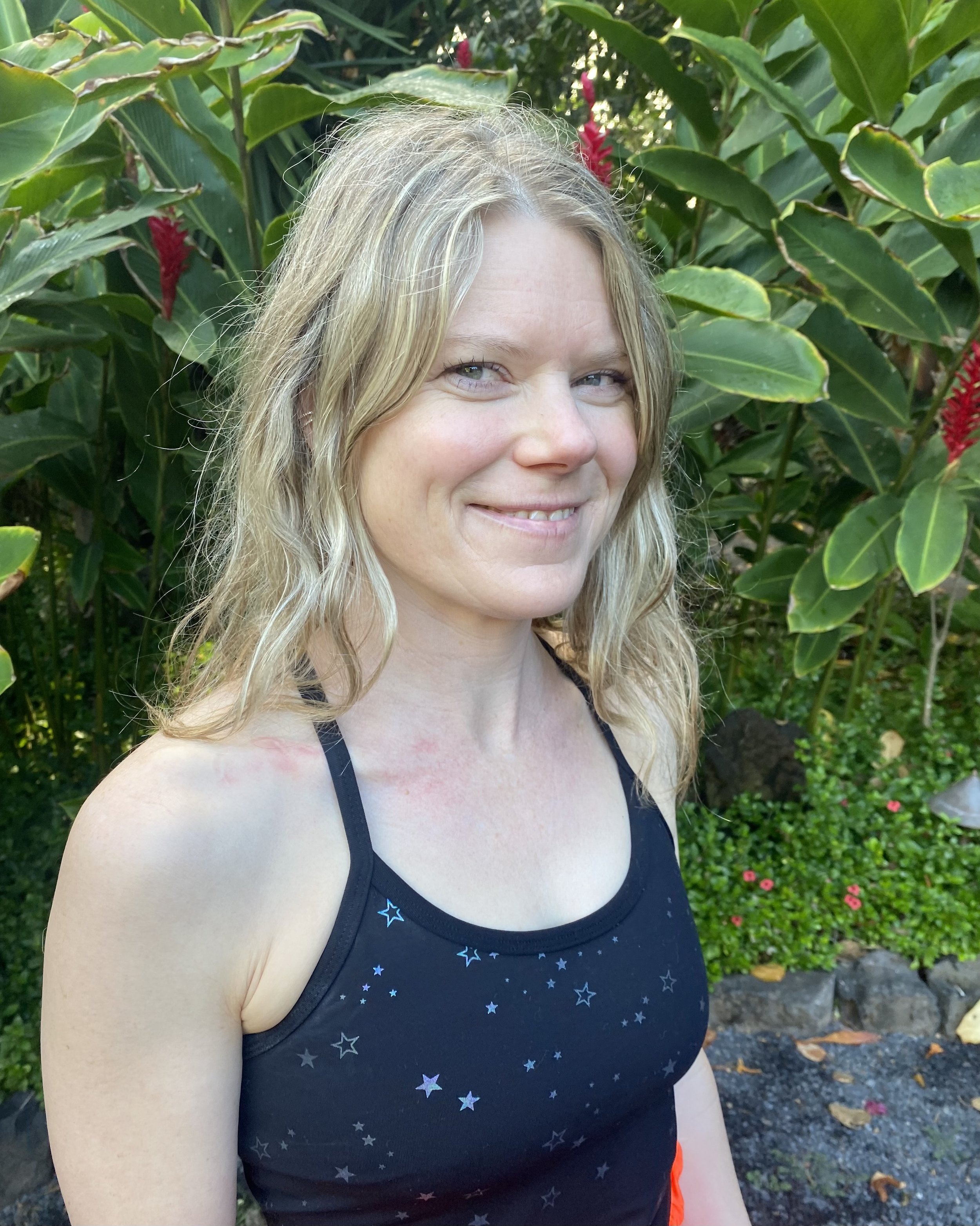21-Day Challenge: The Practices
If you feel overwhelmed at any point during a practice, please don't continue. Open your eyes and look around. Take a few deep breaths. Stand up and walk around the room.
Day 12
How often do we remember that we are enough, that there is no need to effort further? As you engage this 8-minute practice from Sara, the invitation is to let things be as they are. Your focus on the inhale and the exhale is enough. This breath is enough.
Day 11
As we settle into this 9-minute practice with Brittany, she asks us to “feel as you inhale the breath crawl up the spine all the way to the crown of your head . . .” Do you notice anything new about the quality of your breath? As you follow the instruction to direct the breath in a certain way, is that experience pleasant? Is it unpleasant? It is neutral? Just notice.
Day 10
There is a tiny pause between the inhale and exhale, so brief it’s almost imperceptible. But the more we practice paying attention to the breath, we begin to notice things on a more subtle level. As Vanessa describes in this 9-minute practice, it’s “. . . almost as if time stops and all of the sudden we perceive the pause . . . and so we continue to practice, we continue to breathe, we continue to sit.”
Day 9
Thom Kinney offers a specific type of breathwork for us to try today. Box breathing is popular with everyone from school-age kids to Navy SEALs, perhaps because it is exceedingly concrete and simple. If it’s too challenging to use a count of four, feel free to reduce it to three.
Day 8
With this 9-minute Connection practice courtesy of Sara, we’ll anchor our attention on a series of positive, loving phrases, silently repeated. Often called a Loving-Kindness practice, this technique helps us bring more compassion to ourselves and others.
Day 7
Rest is the intention of this 9-minute practice. Kirsten guides us to relax every muscle in the body, using the breath to move into a deeply restful state.
Day 6
During this 7-minute practice, Kirsten poses a thoughtful question: “Where does attention go in the quiet moments?” When you notice your attention has drifted, there’s no need to berate yourself. Just acknowledge that it has wandered and escort it back to the breath.
Day 5
We're branching out a little bit today, guided by Sue through this 8-minute practice. After settling in using the breath as an anchor, for just a few minutes we’ll shift the focus of attention to something external — a sound, a smell, a touch.
Day 4
Slowly and steadily, we’re building awareness of our constant companion, the breath. With this 5-minute practice, Sara introduces a slightly different technique, following breath sensations from head to toe and toe to head.
Day 3
In these first few days of the Challenge, what have you noticed about the breath? What sensations grab your attention? During this 6-minute practice, Kirsten Corbett suggests we try and find a few words to name the sensations we notice . . . "tightness, pressure, itch." How does that shift your awareness?
Day 2
Where do you notice the sensations of the breath — the tip of your nose, your chest, maybe your belly? Pay attention to those sensations. This is the essence of the 6-minute practice from Brittany Belisle. And remember . . . when (not if) your mind wanders during the practice, just note that your attention has strayed and bring it back to Brittany’s voice.
Day 1
We begin this fresh start with a simple 7-minute breath practice from Sara Flitner. Find a quiet, comfortable spot, press play, and do your best to follow Sara’s voice. Your mind will wander — perhaps a lot — but that is normal. Just gently bring your attention back, without judgment, as many times as necessary.
Meet the Teachers
CLICK HERE to learn a little more about the talented practitioners who are guiding us through each day’s practice.







